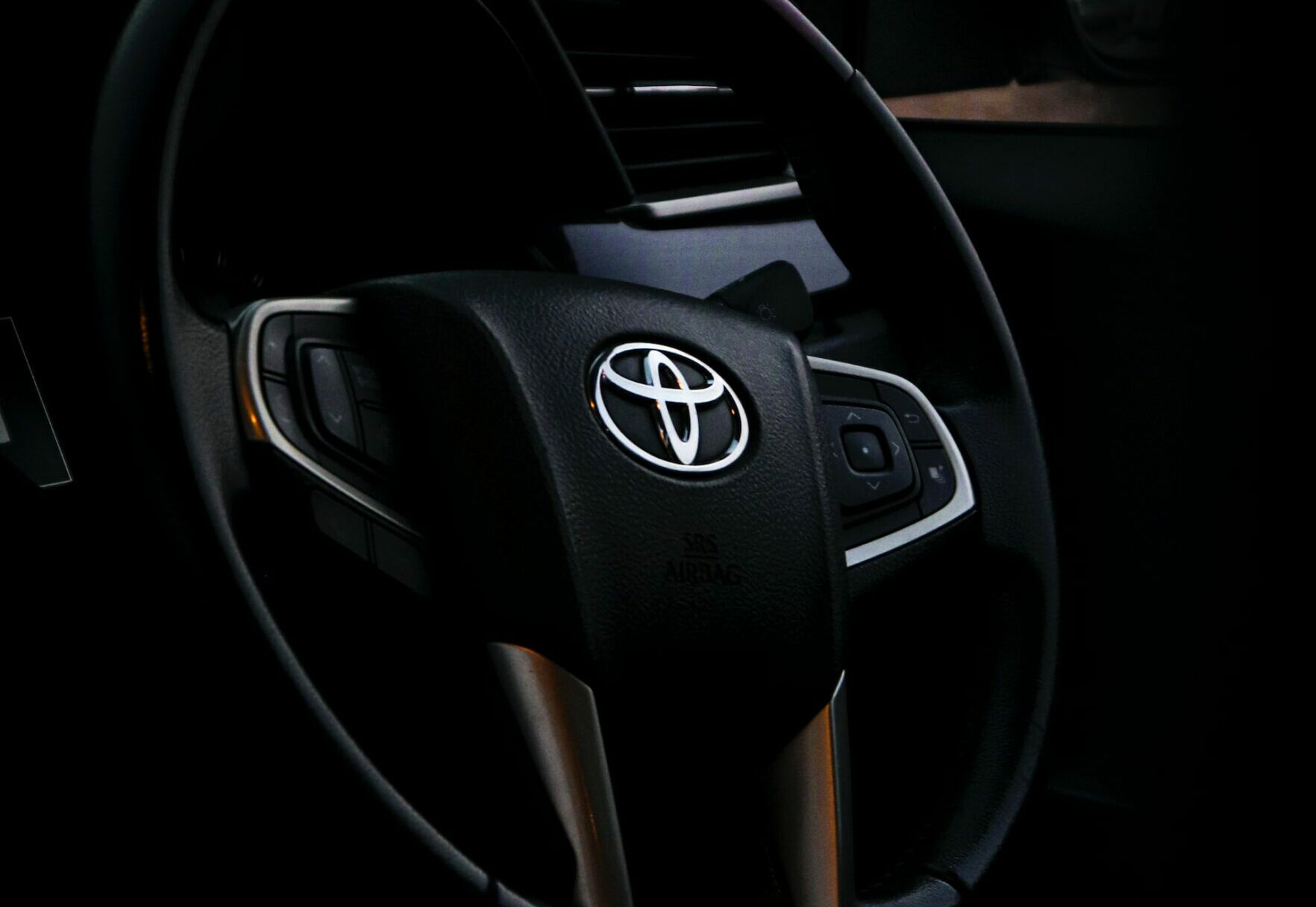Keeping your vehicle in the best condition possible is essential if you want to get the most years of use out of it as possible and avoid any mishaps on the road. While any car can malfunction and suffer a breakdown, you increase your risk of this happening to yours when you don’t take good care of it. During the winter, this can be even more difficult as there will be even more checks to make on your vehicle, and there are a few more risk factors when driving. Here are some important steps to take when looking after your car during the winter.
Keep Your Car Clean
Many people think about washing their car during the warm months when the roads aren’t muddy, and you can appreciate your car’s appearance much more with the sun beaming down on it. However, the reason you should clean your car isn’t purely for aesthetic reasons. You might want to avoid throwing water all over your car in the cold, partly because you’re worried it will just make it frosty, and being outside in the cold will be unpleasant for you. But it’s important to take care of your car this way, as it will help prevent rust and excessive ice build-up if done properly. This includes a full wash of your car to remove dirt and grime and to finish up with waxing your car. This is a hydrophobic substance that will help to repel water, ice, and dirt for longer.
Regularly Check Your Oil
There are a few different types of oil that you can choose for your car, but it’s important to consult your car’s manual before making this decision. Certain engines will struggle to perform properly with certain types of oil, which the weather can also impact. Cold weather will naturally cause oils to become thicker and more viscous. The thicker the oil, the more chance you have of your engine simply not starting. The thinner the oil, which depends on the type of oil and if the weather is warm, the more chance you have of your engine not being properly lubricated, resulting in the materials inside the engine wearing down faster over time. It’s important then to check your oil often during the cold months to ensure that it is consistently and regularly topped up when needed to keep your engine in good condition.
Optimize Windshield Wipers
Visibility can be hampered much more quickly during the winter months compared to the summertime. While you can still experience things like fog and rain during the summer, the winter brings the constant threat of snow flurries, hail, and frost. Combine that with the longer hours of darkness we experience, and it’s fair to say that visibility should be a top concern when driving at this time of the year. This is why it’s crucial to ensure that your windshield wipers are in good condition and that you’re also using the right solution of wiper fluid for your environment. Certain fluids just won’t cut through the ice and snow like a quality de-icer winter fluid, so make sure you research to find the right thing for your car.
Get Your Car Serviced
Unless you’re experienced in maintaining and fixing cars, you’ll want to strongly consider taking your car in for a service at an auto repair shop like Paul Campanella’s Auto & Tire Center. An auto repair shop will be able to assess your vehicle, preferably before the extreme weather rolls in, to decide whether or not your car is up to scratch to handle the colder months. They can check everything, including your engine, tires, brakes, transmission, and wheel alignment, and even do an oil change for you. While a full service like this will be able to identify any potential issues you can have remedied, it’ll also provide you with some peace of mind when driving out and about in bad weather.
Use Winter Tires In Heavy Snow
One such part of your vehicle that can struggle with the cold is your tires. When driving in the cold, it’s not uncommon for ice to form on the roads, whether it’s frozen rainwater or compacted ice underneath the snow. Many drivers will have specialized tires to deal with this in areas where this is a common occurrence. These tires will be much thicker, harder, and heavier, with deeper treads than normal road tires. Some can even be inlaid with metal studs to improve grip. You can also add things like tire chains, which fit over the surface of your wheels and act as a temporary improvement to your grips as the hard metal chains dig into the ice, assisted by the weight of the vehicle itself.
Charge Your Battery
Another thing to consider is to keep an eye on your battery. The cold air can sap the life out of a car battery, and you might only find this out when it’s too late. Attempting to start your car when you’re leaving for work in the morning, only to find that nothing happens when you turn the ignition, is very frustrating. A battery can die in any type of weather, but when temperatures fall to around 32°F, the capacity of your car battery can drop by around 20%. Always ensure that your batteries are charged, and consider keeping a spare or two with you at all times, as well as a heated battery blanket to revitalize those that may have succumbed to the grip of winter.
Pack An Emergency Kit
Our final suggestion is less related to taking care of your car and more about taking care of yourself and your passengers during the winter. As we said before, even the best-maintained car can run into problems, especially in the cold. Break downs occur whether you’re driving a brand new Ford Ranger or an old Volkswagen Golf. It’s absolutely essential then to pack an emergency winter car survival kit and a repair kit, especially if you’re going to be driving around far away from civilization. This kit should include everything you might need to stay safe and comfortable while waiting for assistance, including warm clothing, blankets, first aid, bottled water, and even road flares. You’ll also want some tools that could help you repair your car yourself or things like a snow shovel to dig your way out of a snow drift you may have gotten stuck in.







